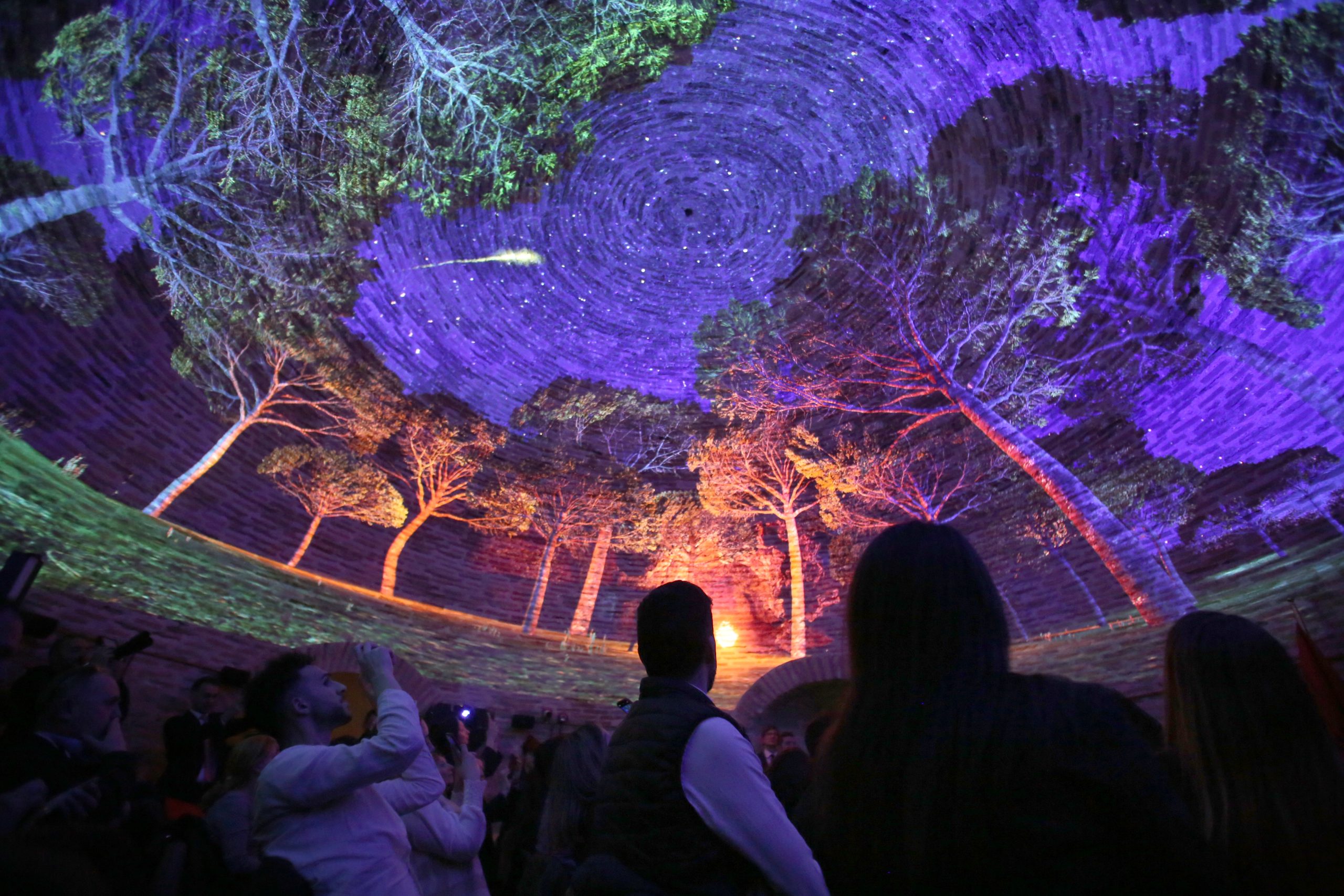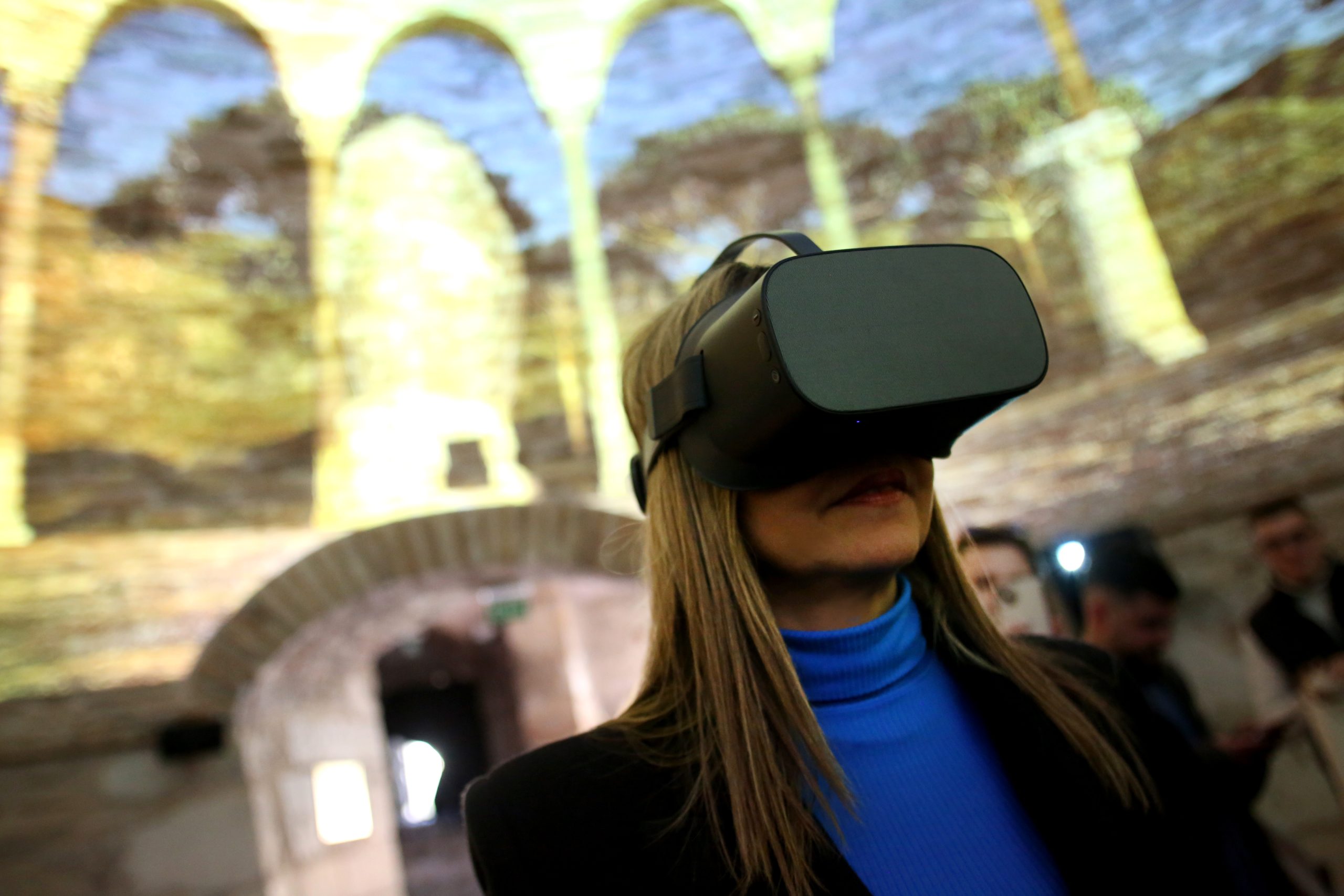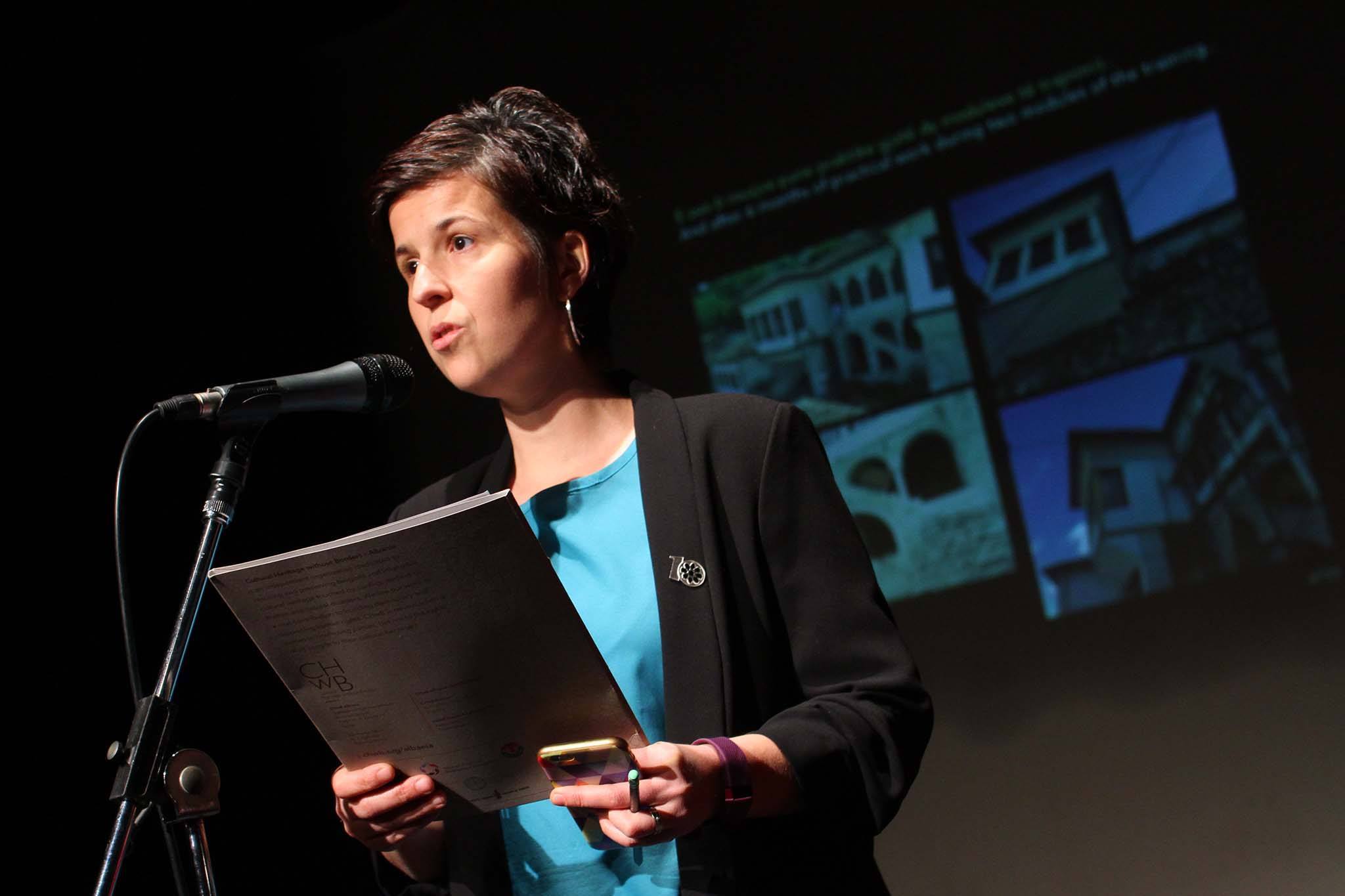
The Venetian Tower is a remarkable historical defensive structure located in Durrës, Albania. It forms a part of the Byzantine fortress of Durrës, which was renowned for being one of the most powerful fortresses on the west coast of the Adriatic Sea. The current fortress is a product of the earliest construction campaigns by Byzantine Emperor Anastasius I (491–518), who hailed from Durrës, also known as ancient Dyrrhachium. The Venetian tower, constructed during the XV century, was built on top of the remains of the Byzantine tower and was armed with cannons to defend the city against maritime attacks. The tower was designed specifically for artillery and functioned as an essential observation point for the surrounding area.

This magnificent cultural heritage monument and city landmark suffered damage in the 2019 earthquake but has since undergone restoration with the support of the EU4Culture Project. The project was financed by the EU and executed by UNOPS in close cooperation with Albania’s Ministry of Culture. The restoration works, which involved multimedia equipment, were budgeted at €700,000. Furthermore, an additional EURO €300,000 was invested in developing multimedia content.
“There was no intervention on this monument for years, and the damage caused by the earthquake deteriorated the situation further. The monument would be seriously endangered without this intervention made with the support of the EU.”
Alban Ramohitaj, Director of Durres Museum Centre
Alban Ramohitaj, the Director of Durres Museum Center, explains that the 2019 earthquake caused significant damage to the Venetian Tower, both on the interior and exterior of the building. “There was no intervention on this monument for years, and the damage caused by the earthquake deteriorated the situation further. The monument would be seriously endangered without this intervention made with the support of the EU,” says Alban.
Lejla Hadzic, a Cultural Heritage Advisor at the EU4Culture project, notes that while there were no major structural problems with the tower, conservation work was necessary. “We removed all the additions that were in inappropriate materials or materials that were not compatible with the historical fabric and replaced them with the materials that are compatible and more in the vocabulary of the traditional materials and techniques that were used when the tower was initially built,” says Lejla.
In addition to conservation work, the EU4Culture project also contributed to the promotion and technological advancement of the tower. With the project’s support, the Venetian Tower has been transformed into a state-of-the-art Heritage Interpretation Center. This centre provides visitors with the opportunity to explore historical events and places through various digital and multimedia tools, such as VR headsets, digital periscopes, dome multimedia projections, and other activities that combine entertainment with a more in-depth look at the city’s ancient history.

“However, when properly utilized, restored monuments not only remain well-maintained but also serve as income generators for the cultural heritage sector.”
Lejla Hadzic, EU4Culture Senior Cultural Heritage Advisor
According to conservation professionals, it is crucial that restored buildings are put to use in order to ensure their upkeep. In countries where cultural budgets are limited, neglected monuments are likely to fall into disrepair due to insufficient maintenance. “However, when properly utilized, restored monuments not only remain well-maintained but also serve as income generators for the cultural heritage sector,” says Lejla.
Lejla goes on to explain that prior to the restoration work, entry tickets were not available for the Venetian Tower. However, since the interventions, all three sites supported by the EU4 Culture Project in Durres – the Hamam, Archaeological Museum, and Venetian Tower – shall introduce entry tickets for visitors, thus contributing directly to the cultural heritage budget.
About the project
The EU4Culture project is funded by the European Union (EU) and is implemented by the United Nations Office for Project Services (UNOPS) in close partnership with the Ministry of Culture of Albania. It focuses on renovation and revitalization of major cultural heritage sites damaged by the earthquake and represents one of the largest cultural heritage programmes funded by the European Union with a total budget of € 40 million.
Photo credits: EU4 Culture

This magnificent cultural heritage monument and city landmark suffered damage in the 2019 earthquake but has since undergone restoration with the support of the EU4Culture Project. The project was financed by the EU and executed by UNOPS in close cooperation with Albania’s Ministry of Culture. The restoration works, which involved multimedia equipment, were budgeted at €700,000. Furthermore, an additional EURO €300,000 was invested in developing multimedia content.
Alban Ramohitaj, the Director of Durres Museum Center, explains that the 2019 earthquake caused significant damage to the Venetian Tower, both on the interior and exterior of the building. “There was no intervention on this monument for years, and the damage caused by the earthquake deteriorated the situation further. The monument would be seriously endangered without this intervention made with the support of the EU,” says Alban.
Lejla Hadzic, a Cultural Heritage Advisor at the EU4Culture project, notes that while there were no major structural problems with the tower, conservation work was necessary. “We removed all the additions that were in inappropriate materials or materials that were not compatible with the historical fabric and replaced them with the materials that are compatible and more in the vocabulary of the traditional materials and techniques that were used when the tower was initially built,” says Lejla.
In addition to conservation work, the EU4Culture project also contributed to the promotion and technological advancement of the tower. With the project’s support, the Venetian Tower has been transformed into a state-of-the-art Heritage Interpretation Center. This centre provides visitors with the opportunity to explore historical events and places through various digital and multimedia tools, such as VR headsets, digital periscopes, dome multimedia projections, and other activities that combine entertainment with a more in-depth look at the city’s ancient history.

According to conservation professionals, it is crucial that restored buildings are put to use in order to ensure their upkeep. In countries where cultural budgets are limited, neglected monuments are likely to fall into disrepair due to insufficient maintenance. “However, when properly utilized, restored monuments not only remain well-maintained but also serve as income generators for the cultural heritage sector,” says Lejla.
Lejla goes on to explain that prior to the restoration work, entry tickets were not available for the Venetian Tower. However, since the interventions, all three sites supported by the EU4 Culture Project in Durres – the Hamam, Archaeological Museum, and Venetian Tower – shall introduce entry tickets for visitors, thus contributing directly to the cultural heritage budget.
About the project
The EU4Culture project is funded by the European Union (EU) and is implemented by the United Nations Office for Project Services (UNOPS) in close partnership with the Ministry of Culture of Albania. It focuses on renovation and revitalization of major cultural heritage sites damaged by the earthquake and represents one of the largest cultural heritage programmes funded by the European Union with a total budget of € 40 million.
Photo credits: EU4 Culture
Please wait while your video is being uploaded...
Don't close this window!